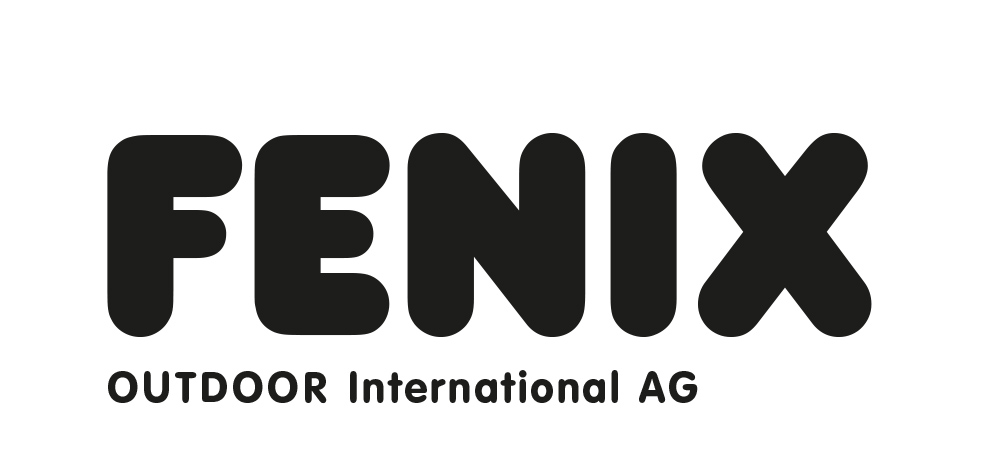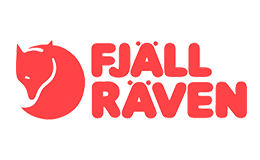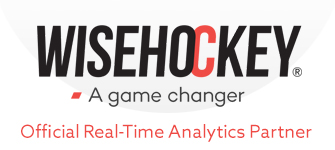Europe, North America connect to grow women’s hockey

With the emergence of the Professional Womens Hockey League (PWHL), the women’s hockey world stands on the threshold of a new era, on the league side. Internationally, Canada and the US have dominated the women’s game from Day One, but a professional hockey league opens new opportunities.
It also creates some new challenges for the leagues on this side of the pond, that was the conclusion of the league and club representatives at the E.H.C. Alliance Professional Women's Seminar in Prague on April 13.
There are many items on the agenda, from scheduling to drafting to player development, all things that have an effect on what happens in Europe.
For example, should teams in Europe be able to sign players for a few months while they wait for the PWHL camps to open in November, almost two months after the European leagues have kicked off?
On the other hand, would the PWHL want to place their reserve players in European leagues where they could be more likely to get meaningful ice time? Would the players want to do that?
The PWHL is currently a six-team league, but an expansion by two teams is in the plans.
“I’m very proud of what we’ve built in just 18 months. It’s still a startup that will continue to grow and expand its fan base, around the world,” said the Ottawa Charge GM Mike Hirshfield.
A two-team expansion means 50 new jobs for professional female players. While the US college system pumps out great players every year, new opportunities will also arise from players in Europe. There’s a catch, though.
“You have to be able to come to the league and play right away because there’s no farm league,” Hirshfield said.
The words “farm league” and “expand fan base around the world” aren’t something that make the European leagues cheer. While everyone understands the importance of the PWHL, and its place at the top of the hockey world, European leagues would rather see themselves as the PWHL’s partners than anything else.
“It’s important to have a dialogue, they are and will be the best league, so it’d be good to be able to work with the PWHL, and see each other as partners, not the enemy,” said the SDHL Commercial Director Angelica Lindeberg.
For the other European leagues, the issue of losing players to the PWHL isn’t imminent, yet.
“The Auroraliiga players aren’t leaving for the PWHL but it’s a good question for all of us. We all have a part to play in that story,” said Henni Laaksonen, from the Finnish Auroraliiga.
“It should be our goal to develop players to that level,” added the PostFinance Women’s League director Paolo Angeloni.
The PWHL has also changed the relationship between Hockey Canada and the national team players, said Marin Hickox, Vice President, Women & Girls Hockey, Hockey Canada.
“Hockey Canada used to be the national team players’ one-stop shop. Now it’s the PWHL,” she said.
And while Canada has the (well earned) reputation of being the leader in women’s hockey, Hickox told the audience that not all of Canada is the same.
“The Ontario Women’s Hockey Association has been around for 50 years. Almost half of Canadian players come from there,” she said. “And we wrestle with the same issues as everyone else. The issues of ice equity, level of coaches, are hockey issues, also in Canada. We know infrastructure is a problem.”
But, as elsewhere in the hockey world, the growth in Canada comes also completely from the female side. Girls’ registrations were up by almost 15 percent in 2023, the number of coaches increased by as much.
“This societal shift has never happened before. There is a big momentum for women’s sports, and we see it in the PWHL, soccer, NCAA women’s basketball, and WNBA,” she said.
The PWHL has already achieved something unique. Young players everywhere in the world now dream of playing in the best league in the world, the PWHL has become the goal.
“If you can see it, you can be it,” said Hickox.
“We’ve been privileged in Canada to be a world leader but it’s our responsibility to support all programs and leagues across the globe to make sure we’re closing the gap on the ice and off the ice. Sessons like this are critical,” she concluded.
Photo: Ondřej Kubík









